If you are searching for a new phone, go through this curated list of the best camera phones in 2025 we are going to discuss. These listed smartphones have built-in features that help them capture every moment of your life in the most fantastic way possible.
Camera phones are everywhere these days, and for good reason. They make photography easy and convenient. In fact, people who used to rely mostly on heavy cameras are now taking recourse to their smartphones. Smartphones allow you to not only capture the visuals but also upload them instantly on social media sites.
Due to the multiple benefits of Camera phones over mirrorless or DSLR cameras, they are eliminating the use of cameras by storm. And the megapixel race isn’t over yet. Manufacturers are experimenting with sensors exceeding 200MP.
But which camera phones would be the suitable choice? Confused? Well, in this article, we’ll provide you with a list of the top camera phones you can consider for your buying list based on your specific needs and preferences.
So whether you’re looking for the best camera phone that can take great photos in low-light settings or one that is versatile and easy to use, we’ve got you covered!
Considerations When Buying the Best Camera Phones
Price Comparison
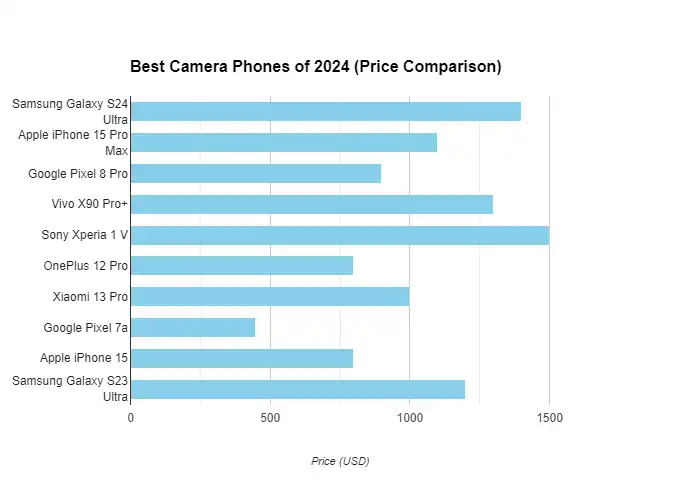
Some Best Camera Phones to Buy in 2025
Apple iPhone 15 Pro Max
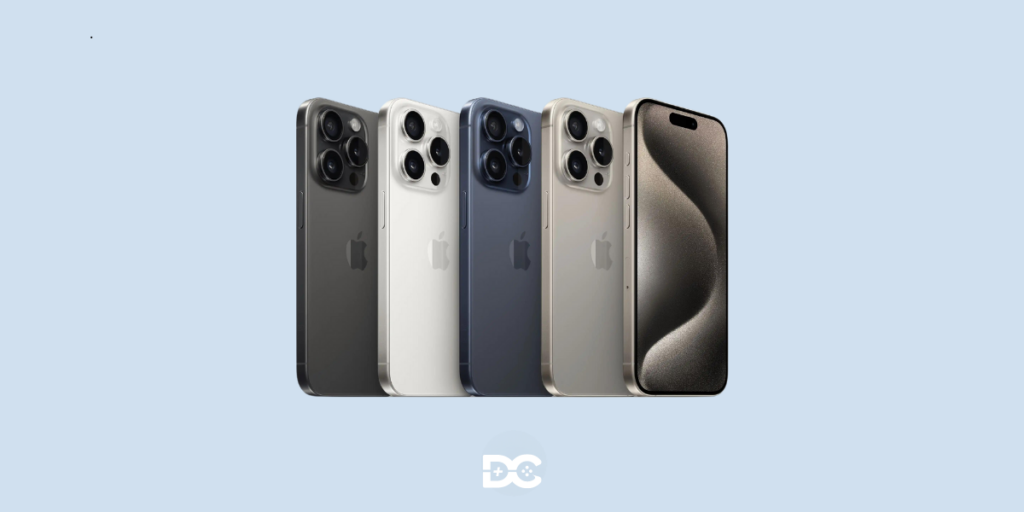
The Apple iPhone 15 Pro Max is widely considered to be one of the best camera phones on the market in 2024, and for good reason. It boasts a powerful quad-camera system that captures stunning photos and videos, a long-lasting battery, and a beautiful design. Here’s a closer look at the iPhone 15 Pro Max:
What we like:
- Excellent camera system: The iPhone 15 Pro Max features a quad-camera system with a 48MP main sensor, a 12MP ultrawide sensor, a 2x 12MP telephoto lens, and a 3x 12MP telephoto lens. This versatile setup allows you to capture stunning photos and videos in a variety of lighting conditions.
- Powerful A17 Bionic chip: The A17 Bionic chip is one of the fastest smartphone processors on the market, and it powers everything from the camera to gaming and everyday tasks.
- Long battery life: The iPhone 15 Pro Max is rated for up to 29 hours of video playback, which means you can use it all day without having to worry about running out of power.
- Beautiful design: The iPhone 15 Pro Max features a surgical-grade stainless steel frame and a durable ceramic shield front, making it both stylish and tough.
- Weaknesses:
- Expensive: The iPhone 15 Pro Max is one of the most expensive smartphones on the market, starting at $1,099.
- iOS ecosystem: If you’re not already invested in the Apple ecosystem, you may find the iOS operating system to be less user-friendly than Android.
Key Specs:
| Feature | Specs |
|---|---|
| Display | 6.7-inch Super Retina XDR OLED display (120Hz refresh rate) |
| Processor | A17 Bionic chip |
| Rear Camera | Quad camera system (48MP main, 12MP ultrawide, 2x 12MP telephoto, 3x 12MP telephoto) |
| Front Camera | 12MP |
| Battery | Up to 29 hours of video playback |
| Storage | 128GB, 256GB, 512GB, 1TB |
| Operating System | iOS 17 |
Samsung Galaxy S24 Ultra
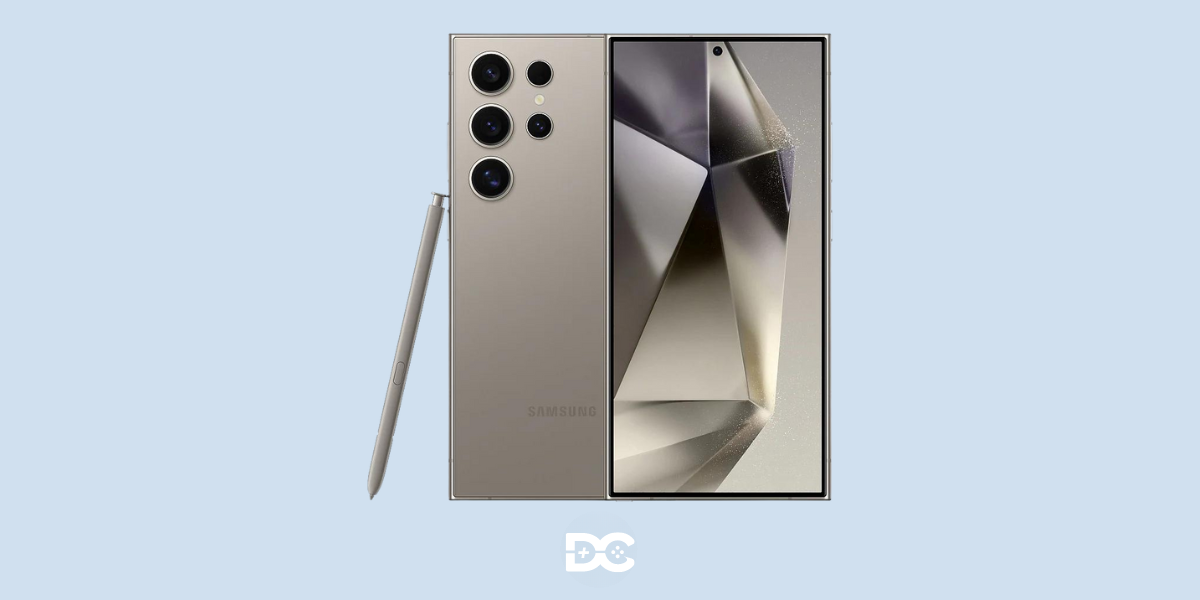
The Samsung Galaxy S24 Ultra is another contender in the 2024 camera phone arena, known for its powerful zoom capabilities, sleek design, and S Pen functionality. Let’s explore its strengths, weaknesses, and key specs:
What we like:
- Powerful zoom lens: The Galaxy S24 Ultra boasts a quad-camera system with a 108MP main sensor, a 12MP ultrawide sensor, a 3x 10MP telephoto lens, and a jaw-dropping 10x periscope telephoto lens, offering exceptional zoom capabilities for capturing distant details.
- Excellent low-light performance: This phone excels in low-light conditions, capturing clear and vibrant images thanks to its large sensors and advanced processing algorithms.
- S Pen support: The S Pen stylus integration opens up a world of creative possibilities, from precise photo editing to note-taking and artistic endeavors.
- Large and beautiful display: The 6.8-inch AMOLED display features a 120Hz refresh rate for smooth visuals and an immersive viewing experience.
- Weaknesses:
- Bulky and heavy: Compared to some competitors, the S24 Ultra is thicker and heavier, which might not be ideal for everyone.
- One UI software: While generally well-received, Samsung’s One UI skin might not be as streamlined and bloatware-free as stock Android for some users.
Key Specs:
| Feature | Specs |
|---|---|
| Display | 6.8-inch AMOLED display (120Hz refresh rate) |
| Processor | Snapdragon 8 Gen 2 |
| Rear Camera | Quad camera system (108MP main, 12MP ultrawwide, 3x 10MP telephoto, 10x periscope telephoto) |
| Front Camera | 12MP |
| Battery | 5000mAh |
| Storage | 128GB, 256GB, 512GB, 1TB |
| Operating System | Android 13 |
Google Pixel 8 Pro
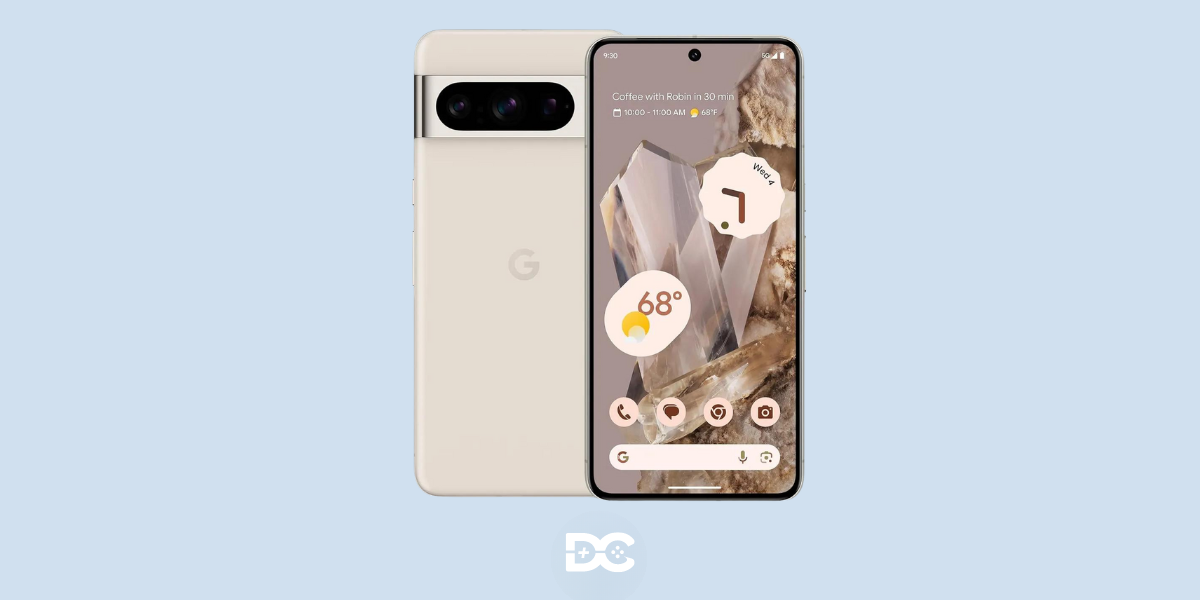
The Google Pixel 8 Pro is another strong contender in the 2024 camera phone race, known for its impressive computational photography, clean software experience, and powerful Google Tensor 2 chip. Here’s a breakdown of its strengths, weaknesses, and key specs:
What we like:
- Exceptional computational photography: Google’s Pixel devices consistently impress with their software-powered image processing, and the Pixel 8 Pro takes it further. Thanks to features like Magic Eraser and Night Sight, expect vibrant colors, sharp details, and excellent low-light performance.
- Clean and bloatware-free software: Pixel phones run stock Android, offering a smooth and clutter-free user experience with regular updates directly from Google.
- Powerful Google Tensor 2 chip: This custom-designed chip powers the camera processing, AI features, and overall performance, ensuring a snappy and responsive experience.
- Sleek and polished design: Available in Rose, Hazel, and Obsidian colors, the Pixel 8 Pro features a polished aluminum frame and smooth matte back glass for a sophisticated look.
What we dislike:
- Not as powerful as some competitors: While the Tensor 2 chip is capable, it might not match the raw processing power of other flagship phones.
- Battery life could be better: While not terrible, the battery life doesn’t quite reach the top performers in the category.
- Limited zoom capabilities: Although improved, the telephoto zoom doesn’t match the reach of certain rivals.
Key Specs:
| Feature | Specs |
|---|---|
| Display | 6.7-inch OLED display (120Hz refresh rate) |
| Processor | Google Tensor 2 chip |
| Rear Camera | Triple camera system (50MP main, 12MP ultrawide, 48MP telephoto) |
| Front Camera | 12MP |
| Battery | 5000mAh |
| Storage | 128GB, 256GB, 512GB |
| Operating System | Android 13 |
Google Pixel 7a
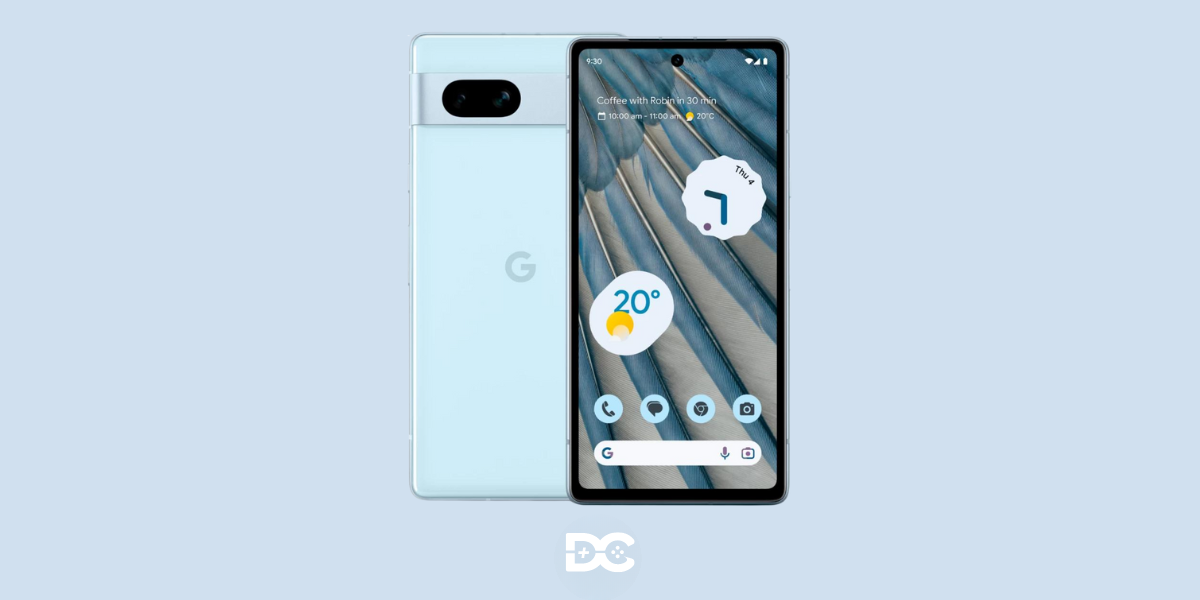
The Google Pixel 7a stands out as a compelling option for those seeking a powerful camera experience without breaking the bank. Let’s delve into its strengths, weaknesses, and key specifications:
What we like:
- Great camera performance for the price: Despite its mid-range pricing, the Pixel 7a delivers impressive photo and video quality thanks to Google’s computational photography prowess. Its 50MP main sensor and 12MP ultrawide capture sharp, vibrant images, even in low-light conditions.
- Clean and bloatware-free design: The Pixel 7a runs stock Android 13, offering a smooth and responsive user experience free from unnecessary pre-installed apps. This streamlined interface ensures you get the most out of your phone’s performance.
- Powerful Google Tensor chip: The Pixel 7a is equipped with the Google Tensor chip, which provides ample power for everyday tasks and handles demanding applications with ease. This efficient chip also contributes to impressive battery life.
What we dislike:
- Not as powerful as some competitors: While capable, the Pixel 7a doesn’t compete with flagship phones in terms of raw processing power. Users seeking the absolute best performance might consider higher-end options.
- Plastic build quality: Unlike some competitors with premium metal or glass bodies, the Pixel 7a utilizes a plastic construction. While this keeps the price down, it might not feel as luxurious to some users.
Key Specs:
| Feature | Specs |
|---|---|
| Display | 6.3-inch OLED display (90Hz refresh rate) |
| Processor | Google Tensor chip |
| Rear Camera | Dual camera system (50MP main, 12MP ultrawide) |
| Front Camera | 8MP |
| Battery | Up to 24 hours of usage |
| Storage | 128GB, 256GB |
| Operating System | Android 13 |
Apple iPhone 15
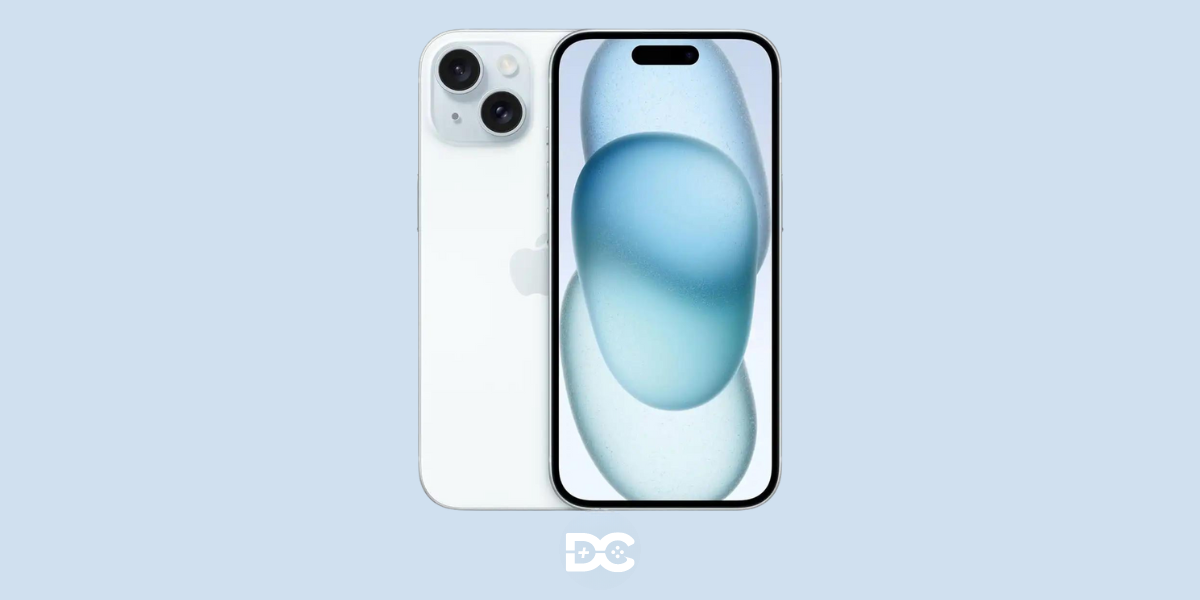
The Apple iPhone 15, released in September 2023, offers a solid alternative to its premium sibling, the iPhone 15 Pro Max. While lacking some of the Pro model’s bells and whistles, it still packs a punch and delivers a great camera experience at a more accessible price point.
What we like:
- Good camera performance: While not entirely on par with the Pro Max, the iPhone 15 features a dual-camera system with a 48MP primary sensor and a 12MP ultrawide sensor. This setup still captures excellent photos and videos in most lighting conditions.
- Powerful A15 Bionic chip: Although a generation older than the Pro Max’s A17 chip, the A15 Bionic is still a powerhouse and handles everyday tasks, gaming, and even demanding applications with ease.
- Sleek design: The iPhone 15 inherits the iPhone’s signature elegant and stylish design with a flat-edged frame and a durable ceramic shield front.
- Multiple color options: Unlike the Pro models, the iPhone 15 comes in a broader range of vibrant colors, allowing for more personalized expression.
What we dislike:
- No telephoto lens: Unlike the Pro models, the iPhone 15 lacks a telephoto lens, limiting its zoom capabilities.
- Shorter battery life: While decent, the iPhone 15’s battery life doesn’t quite match the Pro Max’s extended capacity.
- Lower display refresh rate: With a 60Hz refresh rate compared to the Pro Max’s 120Hz, the iPhone 15’s display might feel less smooth for some users.
Key Specs:
| Feature | Specs |
|---|---|
| Display | 6.1-inch Super Retina XDR OLED display (60Hz refresh rate) |
| Processor | A15 Bionic chip |
| Rear Camera | Dual camera system (48MP main, 12MP ultrawide) |
| Front Camera | 12MP |
| Battery | Up to 25 hours of video playback |
| Storage | 128GB, 256GB, 512GB |
| Operating System | iOS 17 |
OnePlus 11R 5G
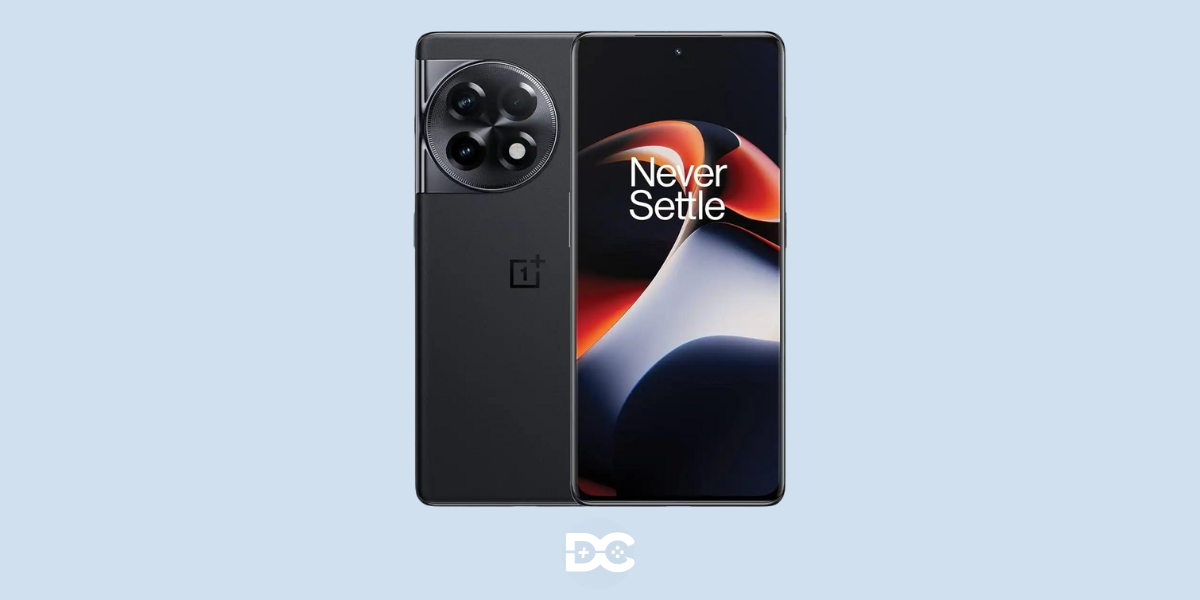
The OnePlus 11R 5G stands out as a compelling option in the mid-range segment, particularly for camera enthusiasts. Let’s delve into its strengths, weaknesses, and key specifications:
What we like:
- Great Low-Light Performance: Equipped with a 50MP Sony IMX890 sensor and advanced algorithms, the 11R 5G excels in capturing clear and detailed photos even in challenging lighting conditions.
- Fast Charging: Featuring 100W SUPERVOOC fast charging, the 11R 5G can power up your phone to a day’s usage in just 10 minutes, ideal for busy lifestyles.
- Affordable Price: Compared to high-end flagships, the 11R 5G offers impressive camera capabilities at a significantly lower price point, making it an attractive value proposition.
- Stylish Design: The sleek laser-sculpted curvature and subtle shiny finish give the phone a premium aesthetic, adding to its overall appeal.
What we dislike:
- Average Zoom Capabilities: While the main sensor shines, the zoom capabilities are limited compared to high-end phones. Users seeking exceptional telephoto performance might need to look elsewhere.
- Software Updates: Although OnePlus has improved in recent years, software updates may not be as frequent or consistent as with Google Pixel devices.
- Plastic Build: Unlike some flagship phones with metal or glass bodies, the 11R 5G opts for a plastic build, which might feel less premium.
Key Specs:
| Feature | Specs |
|---|---|
| Display | 6.7-inch AMOLED display (120Hz refresh rate) |
| Processor | Snapdragon 8+ Gen 1 |
| Rear Camera | Triple camera system (50MP main, 8MP ultrawide, 2MP macro) |
| Front Camera | 16MP |
| Battery | 5000mAh with 100W SUPERVOOC fast charging |
| Storage | 8GB/128GB, 16GB/256GB |
| Operating System | OxygenOS 13 (based on Android 13) |
Vivo X90 Pro
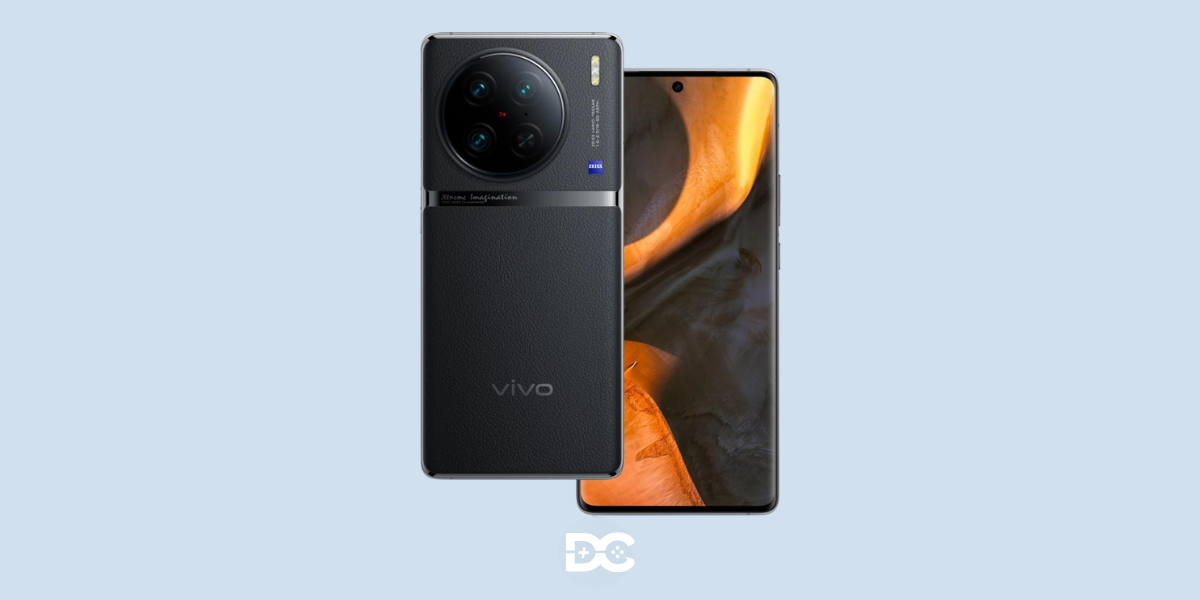
The Vivo X90 Pro is a smartphone that stands out with its unique gimbal camera system and powerful specifications. It offers a compelling alternative to established flagships, particularly for those seeking innovative camera technology and premium design. Here’s a breakdown of its strengths, weaknesses, and key specs:
What we like:
- Unique Gimbal Camera System: The X90 Pro’s standout feature is its gimbal camera system. This innovative technology ensures exceptional stabilization for both photos and videos, even when in motion. It minimizes blur and shakiness, resulting in smooth and clear captures.
- Powerful Processor: The phone is equipped with the MediaTek Dimensity 9200 processor, a capable chipset that provides smooth performance for multitasking, gaming, and demanding applications.
- Large and Vibrant Display: The X90 Pro boasts a large 6.78-inch AMOLED display with a 120Hz refresh rate for silky-smooth visuals and enhanced responsiveness.
- Stylish Design: The phone comes in a sleek and premium design with a polished metal frame and a curved display, exuding a luxurious feel.
What we dislike:
- Limited Global Availability: Currently, the Vivo X90 Pro might not be readily available in all regions, potentially restricting its accessibility for some users.
- Software Updates: As a non-major brand compared to giants like Apple and Samsung, long-term software update support might be a concern for some users who prioritize consistent updates.
Key Specs:
| Feature | Specs |
|---|---|
| Display | 6.78-inch AMOLED display (120Hz refresh rate) |
| Processor | MediaTek Dimensity 9200 |
| Rear Camera | Quad camera system (50MP main, 48MP ultrawide, 12MP portrait, 64MP periscope telephoto) |
| Front Camera | 32MP |
| Battery | 4700mAh (typical capacity) with 120W fast charging |
| Storage | 256GB, or 512GB |
| Operating System | OriginOS Ocean based on Android 13 |
Sony Xperia 1 V
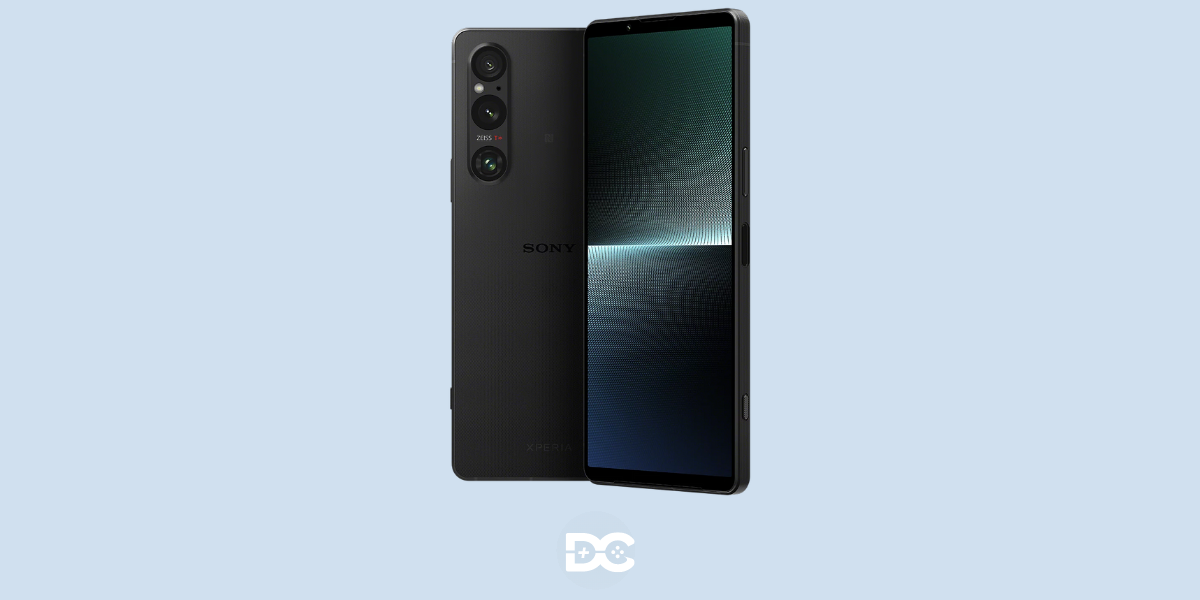
The Sony Xperia 1 V might not be the most well-rounded camera phone on the market, but for serious videographers and photography enthusiasts, it’s a serious contender. It boasts a unique set of features, a powerful camera system, and a design catered to content creators. Let’s explore its strengths and weaknesses:
What we like:
- Exceptional videography: The Xperia 1 V shines in video recording. It captures stunning 4K 120fps footage with minimal rolling shutter, making it ideal for capturing smooth action sequences. The dedicated shutter button and videographer-friendly features cater to professional workflows.
- Unique camera features: The phone sports a versatile quad-camera system with a 48MP main sensor, a 12MP ultrawide sensor, a 12MP telephoto lens, and a 12MP ToF sensor. Additionally, features like variable telephoto and real-time eye autofocus enhance creative possibilities.
- Powerful processor: The Snapdragon 8 Gen 2 processor ensures smooth performance for demanding tasks like video editing and multitasking.
- Beautiful display: The 6.5-inch OLED display boasts a 120Hz refresh rate and a 21:9 aspect ratio, offering an immersive viewing experience for both content creation and consumption.
What we dislike:
- Expensive: With a starting price of $1299, the Xperia 1 V falls on the pricier end of the spectrum.
- Bulky design: The tall and narrow phone might not be the most comfortable for everyone to hold, especially for one-handed use.
- Not as user-friendly: The camera app offers extensive controls, which can be overwhelming for casual users who prefer a more straightforward interface.
- Limited global availability: Depending on your region, the phone might not be readily available.
Key Specs:
| Feature | Specs |
|---|---|
| Display | 6.5-inch OLED display (120Hz refresh rate, 21:9 aspect ratio) |
| Processor | Snapdragon 8 Gen 2 |
| Rear Camera | Quad camera system (48MP main, 12MP ultrawide, 12MP telephoto, 12MP ToF) |
| Front Camera | 8MP |
| Battery | Up to 34 hours of video playback |
| Storage | 128GB, 256GB, 512GB |
| Operating System | Android 13 |
Google Pixel 7
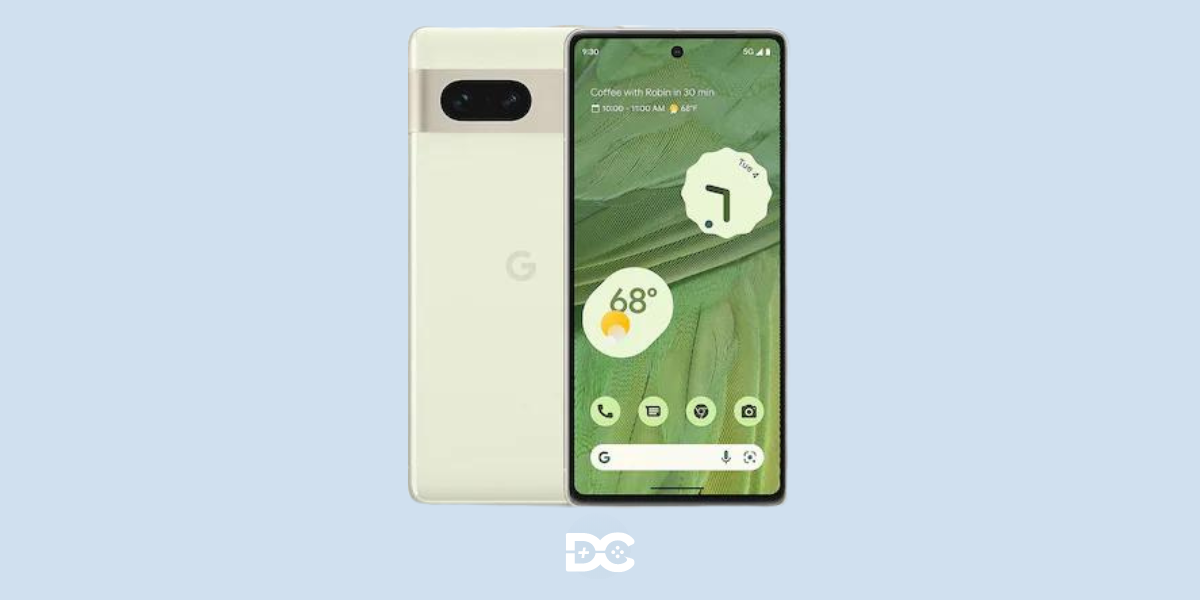
The Google Pixel 7 might not be the absolute top dog in the camera phone world, but it packs a powerful punch at a significantly lower price than some flagships. Let’s delve into its strengths, weaknesses, and key specs:
What we like:
- Excellent computational photography: Google’s Pixel phones are renowned for their software magic, and the Pixel 7 continues the tradition with exceptional image processing, even in low-light conditions.
- Clean and bloatware-free design: If you prefer a minimalistic and clutter-free Android experience, the Pixel 7’s interface is a breath of fresh air.
- Powerful Google Tensor chip: Google’s custom Tensor chip ensures smooth performance for everyday tasks and photography processing.
- Competitive price: Starting at $449, the Pixel 7 offers great value for its camera capabilities and clean software.
What we dislike:
- Not as powerful as some competitors: While the Tensor chip is capable, it may not match the raw processing power of high-end phones from other brands.
- Average battery life: Compared to some flagships, the Pixel 7’s battery life might not be the best, especially with heavy usage.
- Plastic build quality: Though sturdy, the plastic back might not feel as premium as glass or metal on some competitors.
Key Specs:
| Feature | Specs |
|---|---|
| Display | 6.3-inch OLED display (90Hz refresh rate) |
| Processor | Google Tensor chip |
| Rear Camera | Dual camera system (50MP main, 12MP ultrawide) |
| Front Camera | 8MP |
| Battery | 4410mAh |
| Storage | 128GB, 256GB |
| Operating System | Android 13 |
FAQs
What makes a camera better than a phone?
By contrast, cameras, of course, have much more room to house a dedicated sensor. Even relatively small cameras, such as the best compact cameras, have a sensor that is several times larger than a smartphone sensor.
How many megapixels is good for a phone camera?
More megapixels means the camera can capture more detail, so look for a phone with at least 12 megapixels. The second is the aperture. A wider aperture (lower f-stop number) means the camera can let in more light, which is essential for low-light photography.
Do all flagship phones support 4K video recording?
Yes, most flagship phones support 4K video recording, and some even offer advanced video features like HDR recording, stabilization, and manual controls.
Are there any camera phones with impressive zoom capabilities?
Yes, phones like the Samsung Galaxy S24 Ultra and Sony Xperia 1 V feature periscope-style zoom lenses, offering exceptional optical zoom capabilities for capturing distant subjects.
Are digital cameras better than phones?
From the table, we can see that in some cases, the image quality of a smartphone can be better than that of a DSLR. However, we can also see that smartphone results are much less consistent, and therefore, it isn’t possible right now to trust our smartphones always to provide a quality image.
Which phone has the best low-light camera performance?
Phones like the Google Pixel series, iPhone 15 Pro, and Samsung Galaxy S24 Ultra are known for their excellent low-light camera performance due to advanced sensor technology and software processing.
Do more camera lenses mean better photos?
Not necessarily. Additional camera lenses offer versatility, but the quality of the lenses, sensor, and image processing algorithms play a more significant role in photo quality.
What are some Android alternatives with great cameras?
Flagship Android phones such as the Samsung Galaxy S24 Ultra and the OnePlus 11R 5G boast outstanding camera systems with high-resolution sensors and advanced software optimizations.
Are iPhones suitable for photography?
Yes, iPhones, particularly the latest models like the iPhone 15 Pro and iPhone 15 Pro Max, offer top-tier camera performance with advanced sensor technology and image processing.
Is a phone camera good for photography?
Smartphones are great, and so are digital cameras – but the answer to which is better for photography is subjective and will depend on a variety of factors. It’s safe to say that – for now, at least – the digital camera – or at least the best cameras for photography – are still king when it comes to image quality.
Conclusion
The winner of this list has not just one but two stellar camera phones. The Apple iPhone 15 Pro Max and the Samsung Galaxy S24 Ultra lead the pack when it comes to image quality and low-light performance.
Out of these two, the S24 Ultra offers more range and clarity. However, the iPhone 15 Pro Max takes better shots in clouds, parks, clubs, and some close-range places.
Both phones also come with fantastic battery life, a reliable fingerprint sensor, and front-facing camera capabilities that make them great for selfies as well!






